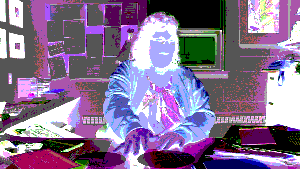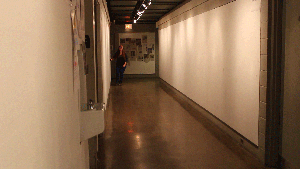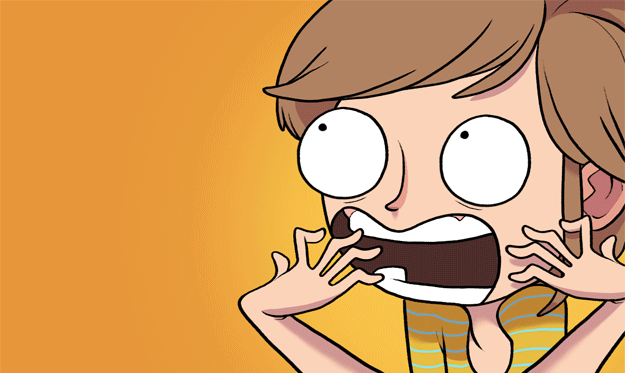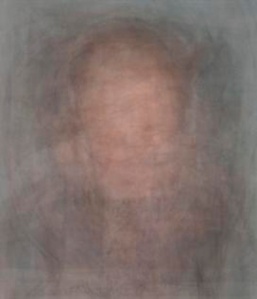Question:
“Using some of the references I have given you in the project brief and drawing from your own research and thoughts, write a brief synopsis on how the animated gif fits into contemporary art discourse.”
My Answer:
While the animated GIF started out, it was an attempt to get your attention. The flashy movement was designed to attract you to it, and ideally, to get you to respond. Since then, the GIF has been used in many different ways across the internet, such as advertisements, entertainment, cat gifs, celebrity gifs, etc, etc, etc. It is an accessible, easy-to-make and easy-to-share format which can be shared incredibly easily across the web. It appeals to our current DIY culture- anyone with a computer can make a GIF. It also appeals to our ever shrinking attention spans, our desire for short, easily-digestible instant gratification. It is low-brow, and pop culture, but it has recently become more of a medium for artistic expression.
GIFs as artmaking allows the work to be mrs easily shown in non-traditional formats. As it is an internet medium, it is more easily shown on the internet itself. This allows exhibitions the potential to meet a much wider audience than, say a traditional white cube gallery, through the use of the internet. Even in cases where GIF’s were shown in a gallery format, such as the Downcast Eyes exhibition, the GIFs needed computers and the internet to function, but then the exhibition became more that that- a performance of sorts, where the computers were set up to run until they lost their charge, die, recharge, and become re-animated, much like the GIFs being displayed.
GIFs are a reflection of pop-culture, in their “trashy” reputation, and the probably short-lived time frame of the technology. Even now, the lifespan of the GIF may be almost over, the medium becoming obsolete as the internet advances. It could soon become a somewhat nostalgic media to be used purposefully, artistically, such as, say Super 8, or even unusable altogether. As it is becoming easier and easier a medium to use, artists are using it more purposefully, using the medium for certain reasons- to comment on pop-culture or the internet, or our short attention spans, or using the repetitive quality of GIFs to create a simple, infinitely repeating image. The potential of GIFs (as an art media, not entertainment) is maturing, going from something new and novel to something used thoughtfully, for particular reasons. There is more and more potential for it, as there are more and more ways to make them. Contemporary artists are choosing the medium as an important part of the concept of the work, not only because it is accessible. Often GIFs allow artists to present the work in a way that is not available using other media- such as simple movement, optical illusions, and short repetitions. It has a mesmerizing quality to it which is tough to duplicate in other ways.
Some may ague that the internet is a newer kind of gallery space, accessible to users around the world. Viewers are different than the audience that normally goes to galleries; the work is shown in a venue that is not specifically an art venue. This means that the work can occupy a unique art/ non-art space, possibly creating a dialogue with internet users who may to normally engage in a discussion about art.
Also interesting is that GIFs are also being used for documentation- for short video clips, as well as other things- see below.
The Barkers on Giphy
Jenny Chen’s Pop-Up Book
Sources:
http://readwrite.com/2012/03/21/how_gif_trash_became_internet_culture_glue
http://master-list2000.com/GIF_freeforall/index.html
http://www.artfagcity.com/2011/02/15/graphics-interchange-format-denison-universitys-mulberry-gallery/













